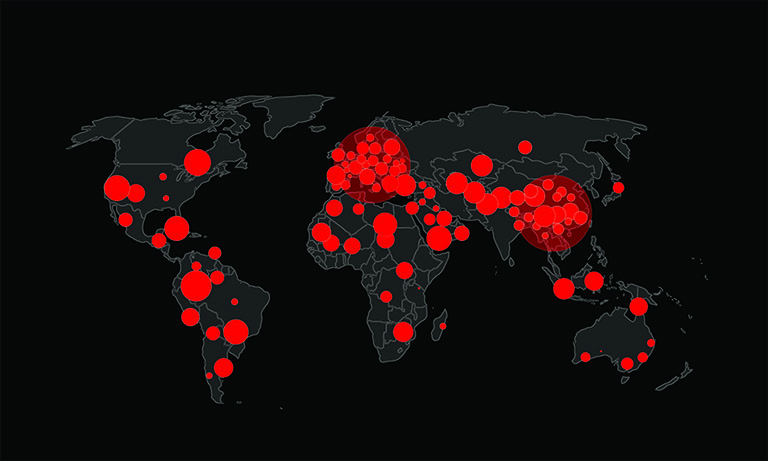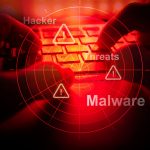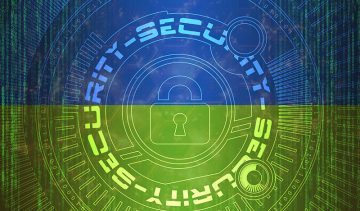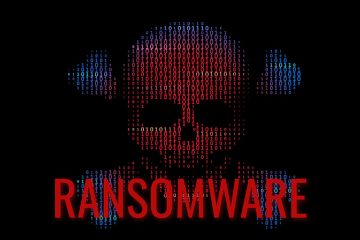CrypticSociety Ransomware: What It Does and How to Guard Against It
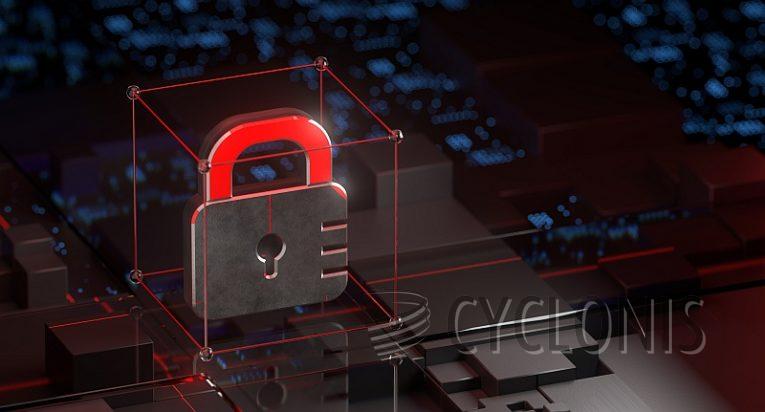
Table of Contents
Introducing CrypticSociety Ransomware
CrypticSociety is a ransomware strain that encrypts files and disrupts user access, similar to another variant known as Blue. Beyond encryption, CrypticSociety alters file names with random strings and appends the distinctive ".crypticsociety" extension. For example, it changes a file like "document.pdf" to "MC3jiu9qTU.crypticsociety," obscuring the original file names and making them harder to identify.
The ransomware also leaves a ransom note labeled "#HowToRecover.txt," which notifies victims of the file encryption and provides instructions for contacting the attackers. Within the note, the criminals claim they can decrypt a small sample file as proof of their control. They also provide contact options via a TOR website and two specific email addresses, where payment details are outlined.
Here's the full ransom note:
What happend?
All your files are encrypted and stolen.
We recover your files in exchange for money.What guarantees?
You can send us an unimportant file less than 1 MG, We decrypt it as guarantee.
If we do not send you the decryption software or delete stolen data, no one will pay us in future so we will keep our promise.How we can contact you?
[1] TOR website - RECOMMENDED:
| 1. Download and install Tor browser.
| 2. Open one of our links on the Tor browser.
- [censored]
- [censored]
| 3. Follow the instructions on the website.
[2] Email:
You can write to us by email.
- crypticsociety@waifu.club
- crypticsociety@onionmail.org
! We strongly encourage you to visit our TOR website instead of sending email.
Warnings:
- Do not go to recovery companies.
They secretly negotiate with us to decrypt a test file and use it to gain your trust
and after you pay, they take the money and scam you.
You can open chat links and see them chatting with us by yourself.- Do not use third-party tools.
They might damage your files and cause permanent data loss.
What Ransomware Does to Files and Systems
Ransomware like CrypticSociety encrypts files so that victims cannot access them without a decryption tool, which only the attackers possess. The note from CrypticSociety encourages victims to avoid using data recovery services or third-party decryption tools, cautioning that these may "damage" the encrypted files. The attackers set up a communication channel through TOR, where they detail the payment process, often requesting amounts in cryptocurrency to preserve anonymity.
This form of ransom-driven software poses a persistent risk while it remains on a system. Infected files can continue to be encrypted, and ransomware may even spread through local networks if not removed promptly. Immediate removal is crucial to prevent further damage, though recovering data can be challenging without pre-existing backups.
The Ultimate Goal: Cryptocurrency Payments for File Recovery
Ransomware campaigns, like CrypticSociety's, are focused on extorting cryptocurrency payments, typically in exchange for decryption keys that allow victims to recover their files. In CrypticSociety's case, the attackers demand approximately $8,000 in Bitcoin (BTC) for data recovery, although this amount may vary depending on circumstances. Unfortunately, without backups or third-party decryption tools, victims often face the difficult decision of paying or losing access to their files permanently.
To combat such attacks, it's recommended to maintain secure, routine backups either on external drives or through cloud services. Regular backups allow users to restore files without paying the ransom, avoiding both data loss and further incentivizing the ransomware operators.
How Ransomware Finds Its Way into Systems
Ransomware actors use diverse tactics to infiltrate systems. Common methods include embedding ransomware in pirated software, cracking tools, or infected attachments and links in emails. Attackers may also use deceptive ads, fake technical support schemes, or exploit software vulnerabilities to spread ransomware. Once a user unknowingly interacts with these malicious elements, the ransomware activates, encrypting files and demanding a ransom.
The types of files that often carry ransomware include infected Office documents, PDFs, executables, and compressed files. Attackers may use these file formats to trick users into opening them, leading to infection. For example, clicking on a pop-up ad on a dubious website or downloading software from an untrusted source can trigger the ransomware's infiltration.
Preventive Measures Against Ransomware Attacks
Protecting oneself from ransomware like CrypticSociety requires vigilant online behavior. Users should avoid downloading software from unverified sources, especially pirated software or "cracks" that are frequent carriers of ransomware. Additionally, using trusted sources for downloads can significantly reduce the risk of infection. When browsing, users should avoid clicking on ads or pop-ups, particularly on suspicious websites.
Moreover, users should exercise caution when opening emails from unknown senders, particularly when those emails contain links or attachments. Antivirus and anti-malware programs, along with operating systems and software, should be regularly updated to protect against potential security vulnerabilities that ransomware could exploit.
The Importance of Backup and User Vigilance
Having a reliable backup strategy is essential in preventing the lasting effects of ransomware attacks. Regular backups to external drives or cloud storage services provide a secure fallback, allowing users to restore their files if they fall victim to ransomware. Additionally, ensuring that these backups are stored separately from the main system helps protect data from being affected by the ransomware.
Cybersecurity awareness is also vital. By maintaining vigilance, avoiding risky downloads, and keeping software up to date, users can limit their exposure to ransomware like CrypticSociety. Ransomware remains a persistent threat, but adopting safe online habits and a robust backup plan can reduce the impact of an attack and protect valuable data.
